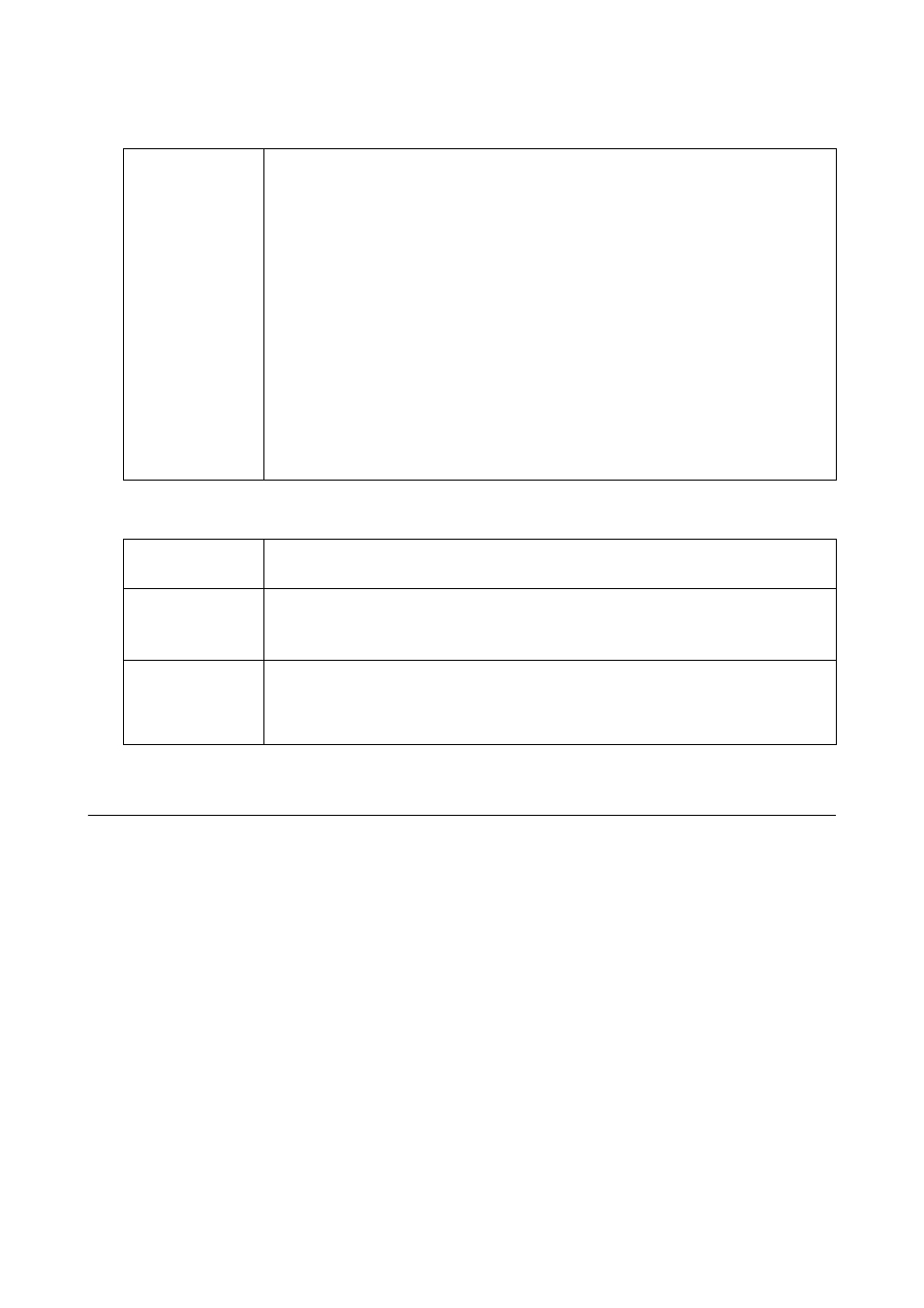Yamaha CVP-705B User Manual
Page 87

Fine Tuning the Pitch
CVP-709/CVP-705 Reference Manual
87
1
Select the desired Scale type (temperament).
You can select one of various scales for playing in custom tunings for specific historical periods or music genres.
2
Change the following settings as necessary.
To store the Scale Tune settings:
If you want to store the Scale Tune settings, use the Registration Memory. Press the REGISTRATION MEMORY
[MEMORY] button, then checkmark “Scale Tune” and press one of the REGISTRATION MEMORY [1] – [8] buttons to
register the Scale Tune settings.
Type
• Equal: The pitch range of each octave is divided equally into twelve parts, with each half-
step evenly spaced in pitch. This is the most commonly used tuning in music today.
• Pure Major, Pure Minor: These tunings preserve the pure mathematical intervals of each
scale, especially for triad chords (root, third, fifth). You can hear this best in actual vocal
harmonies — such as choirs and a cappella singing.
• Pythagorean: This scale was devised by the famous Greek philosopher and is created from
a series of perfect fifths, which are collapsed into a single octave. The 3rd in this tuning are
slightly unstable, but the 4th and 5th are beautiful and suitable for some leads.
• Mean-Tone: This scale was created as an improvement on the Pythagorean scale, by making
the major third interval more “in tune.” It was especially popular from the 16th century to
the 18th century. Handel, among others, used this scale.
• Werckmeister, Kirnberger: This composite scale combines the Werckmeister and
Kirnberger systems, which were themselves improvements on the mean-tone and
Pythagorean scales. The main feature of this scale is that each key has its own unique
character. The scale was used extensively during the time of Bach and Beethoven, and even
now it is often used when performing period music on the harpsichord.
• Arabic1, Arabic2: Use these tunings when playing Arabic music.
Base Note
Determines the base note for each scale. When the base note is changed, the pitch of the
keyboard is transposed, yet maintains the original pitch relationship between the notes.
Tune [cent]
Select the desired note to be tuned and tune it in cents. If you edit this parameter,
“(Edited)” is shown at the right of “Type” in step 1.
NOTE
In musical terms a “cent” is 1/100th of a semitone. (100 cents equal one semitone.)
(Parts)
Checkmark the part to which the Scale Tune setting is applied.
NOTE
If a VRM Voice is selected as the Main part, the resonance of all VRM Voices is set to the
same scale type as that of the Main part. If a Voice other than a VRM Voice is selected as the
Main part, the resonance of any other VRM Voices is set to “Equal.”